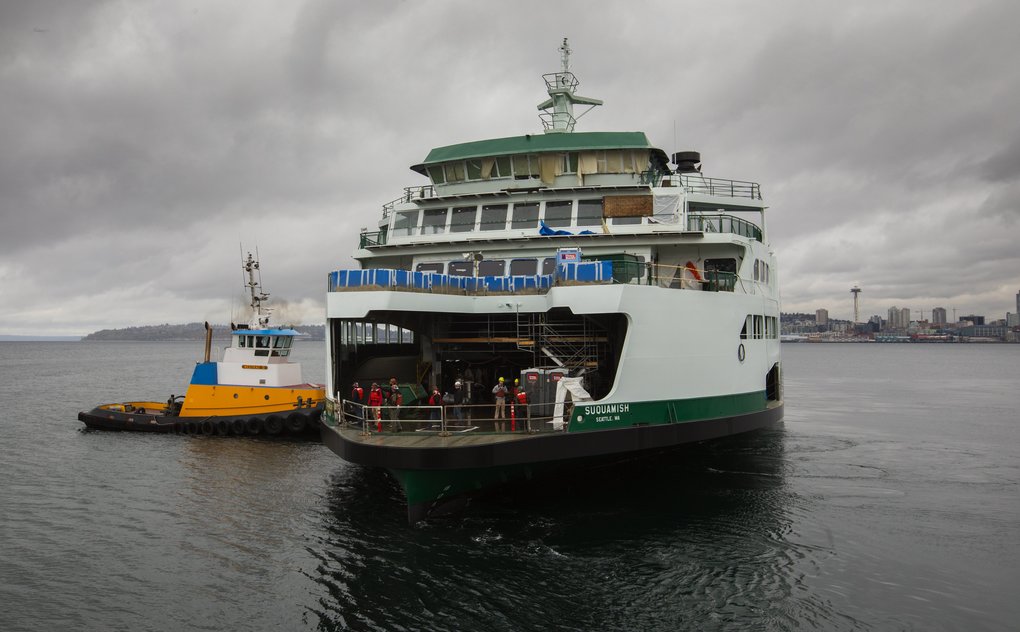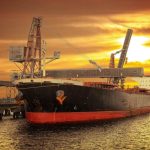Ferries are vessels of any size that carry passengers and (in many cases) their vehicles on fixed routes over short cross-water passages. The building of massive bridges and tunnels has eliminated many ferry services, but they are still justified where waters are too formidable for fixed crossings. Vessels vary greatly in size and in quality of accommodations. Some on longer runs offer overnight cabins and even come close to equalling the accommodation standards of cruise ships. All vessels typically load vehicles aboard one or more decks via low-level side doors or by stern or bow ramps much like those found on roll-on/roll-off cargo ships.

A special type of ferry is the “double-ender,” built for shuttling across harbour waters. The typical vessel has propellers, rudders, control stations, and loading ramps at both ends. It is usually wide enough to handle four vehicle lanes abreast and may accommodate up to 100 four-wheeled vehicles. Special docks, fitted with adjustable ramps to cope with changes in water levels and shaped to fit the ends of the ferry, are always part of a ferry system of this type.

Another special type of ferry is a high-speed vessel that in many cases is of catamaran (twin-hulled) design. This type is typically found on short runs in protected waters where the carriage of vehicles is not required. Catamaran hulls can be narrow and knifelike in shape, allowing them to operate at high speed-to-length ratios without excessive propulsive power. The engines are usually high-speed diesels, although turbine engines have been fitted in a few instances.
Cargo carriers
Cargo ships can be distinguished by the type of cargo they carry, especially since the means of handling the cargo is often highly visible. As noted below (see Cargo handling), the trend is toward specialization in this regard. One consequence is a proliferation in types of cargo vessel. The present discussion is limited to a few types that are represented by large numbers of ships and are distinctive in appearance.
Tankers
Ships that carry liquid cargo (most often petroleum and its products) in bulk are made distinctive by the absence of cargo hatches and external handling gear. When fully loaded they are also readily distinguishable by scant freeboard—a condition that is permissible because the upper deck is not weakened by hatches. In essence, the tanker is a floating group of tanks contained in a ship-shaped hull, propelled by an isolated machinery plant at the stern. Each tank is substantially identical to the next throughout the length of the ship. The tanks are fitted with heating coils to facilitate pumping in cold weather. Within the tanks are the main, or high-suction, pipes, running several feet from the bottom to avoid sludge. Below them, low-suction piping, or stripping lines, removes the lowest level of liquid in the tank. Tanks are filled either through open trunks leading from the weather deck or from the suction lines with the pumps reversed. Because tankers, except for military-supply types, usually move a cargo from the source to a refinery or other terminal with few maneuvers en route, the machinery plant is called on only to produce at a steady rate the cruise power for the ship; consequently, considerable use of automatic controls is possible, thus reducing the size of the crew to a minimum. In view of the simplicity of inner arrangement, the tanker lends itself to mass productionperhaps more than any other ship type. Because of the limited crew requirements and the low cost per ton for initial building and outfitting, the tanker has led the way in the rapid expansion in the size of ships. The decline of crude oil prices after the petroleum crisis of 1979 led in turn to a decline in preferred tanker size, but at that time a few ships had reached 1,300 feet (400 metres) in length, 80 feet in loaded draft, and a deadweight of 500,000 tons.
Along with the great increase in numbers and size of tankers have come specialized uses of tankers for products other than oil. A major user is the natural gas industry. For shipment, gas is cooled and converted to liquid at −260 °F (−162 °C) and is then pumped aboard a tanker for transit in aluminum tanks that are surrounded by heavy insulation to prevent absorption of heat and to keep the liquid from evaporating during the voyage. The cost of these ships is rather high, because steel cannot be used for the containers. The cold liquid, in contact with steel, would make that material as brittle as glass. Aluminum is therefore used, sometimes backed by balsa wood, backed in turn by steel. A special nickel-steel alloy known as Invar also has been used in this application.



Comments are closed